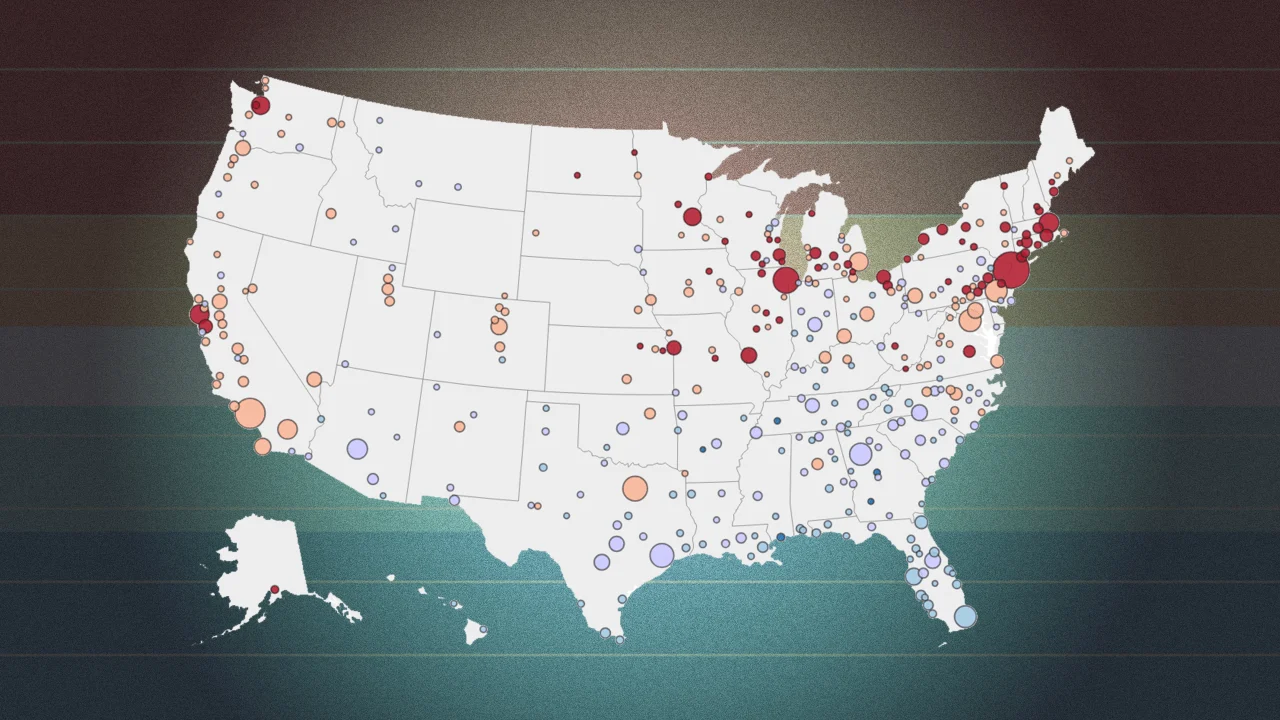I Use These Sites to Track All the Collectibles in My Games
Interactive maps are the hottest new(ish) way to keep track of all the side quests, collectibles, and secrets in your favorite games.

Looking up guides for video games might account for a higher proportion of my Google searches than any other individual activity. Just the sheer number of different quests, mechanics, stats, and even romance guides any given game can involve is staggering. That's why I've come to appreciate collectibles maps even more lately. These interactive tools let you find, filter, and track all the little doodads in your games, organized by the layout of the game's map.
There's a good chance you've stumbled onto some collectible tracking sites just by searching for something like "where the heck is that last manuscript page in Alan Wake II?" Sometimes, guides with more traditional lists and screenshots will link to an interactive map where you can get a top-down view of everything you're looking for.
While these tools are often described as tracking "collectibles," in reality they're often databases for the location of almost everything in a game. Whether it's the location of certain characters, quest markers, shopkeeper locations, and upgrades, these maps will often point you to everything you need to find.
For the biggest game library: IGN's interactive maps
If you've come across any collectible trackers, it's probably one of IGN's. You've probably come across a walkthrough of a particular level in a game from IGN via Google. What you might not have noticed is that, along the top of those pages, are links to interactive tools that show a lot of the same information overlaid on the game world's map. You can click on points of interest and even check off which ones you've collected. That same info even syncs to the text-based guides. (Disclaimer: Ziff Davis, Lifehacker's parent company, also owns IGN.)
Of all the collectible tracker sites I've seen, IGN has the most games available, with over 200 titles. It even includes some recent releases like Doom: The Dark Ages with most or all of the info available on release date. This will vary based on a game's popularity, release date, and how complex tracking its quests and data can be, but if you're looking for a tracker for a particular game, IGN is your best bet.
The downside is that while browsing IGN's maps is free, you can only check off 50 items without a subscription to IGN Plus. In exchange for $30/year (or $5/month), you'll unlock the ability to check off as many items as you want, add your own custom notes to maps, and the removal of ads. If you play a lot of sandbox games—and you don't want to roll your own game-tracking spreadsheets—it might be a worthwhile trade-off.
For a much cheaper subscription: Map Genie
A very similar service to IGN's interactive maps, Map Genie has almost as many games as IGN, with similar limitations, but a much cheaper subscription. Like IGN, Map Genie limits you to 50 items you can check off for free, but you can get unlimited access (and no ads) for only $10/year.
Here's a plot twist for you, though: Map Genie is also owned by IGN. So why bother with IGN at all if Map Genie exists? Well, while Map Genie has most of the same game maps as IGN, there are several games IGN has that Map Genie doesn't. Games like Bioshock and Cyberpunk 2077 appear in IGN's library but not Map Genie.
On the other hand, a Map Genie subscription also includes access to in-progress game maps. At the time of writing, that includes games like Hollow Knight, Control, and The Legend of Zelda: Wind Waker. In general, Map Genie is the better deal anyway, but the specific game you want to track might impact which service is better for you.
For free tracking (on fewer games): GameTrek
GameTrek has a much smaller library (with only 18 games so far at time of writing), but it has one big advantage: it's free. At least for now, you can track every collectible, write your own notes, and filter every category of item on the map without paying a cent. You will need to create an account to track anything, but there's no payment required.
The small library is also growing at a healthy (if not frenzied) clip. Within the last couple of months, the site has added guides for recent releases like Doom: The Dark Ages and Clair Obscur: Expedition 33, as well as older-but-popular games like The Last of Us Part II. There are a lot of gaps in GameTrek's library right now, but it's hard to beat free.
Another free option: Enthusiast sites (like Zelda Dungeon)
Interactive collectible trackers take a lot of work and often don't turn a profit. If you saw a $30 or even $10 per year price tag above and (perhaps understandably) scoffed, you can see why. Fortunately, there's no shortage of excited nerds online who love obsessing over their games. Depending on the franchise, you can sometimes find whole sites dedicated to maps and trackers for just one series.
Zelda Dungeon is the perfect example here. While it has guides for every Legend of Zelda game under the sun (or moon, as the case may be), it also has interactive maps for several games. This includes Breath of the Wild, Tears of the Kingdom, and even the recent Echoes of Wisdom.
Not only do these include tracking for everything from Lightroots to Korok seeds (all 1,000 of them), but you can even mark them complete for free without an account. You'll need to create an account and log in to save your progress across devices, but it's the most generous of all the collectibles trackers I've seen.
Your mileage may vary depending on which franchise you're looking for (or how old the game you're playing is), but there's always someone out there documenting their favorite games. If you find a good forum, subreddit, or fan-site dedicated to your beloved franchise, it's worth seeing if they already have an interactive map you can use.


































































































































































